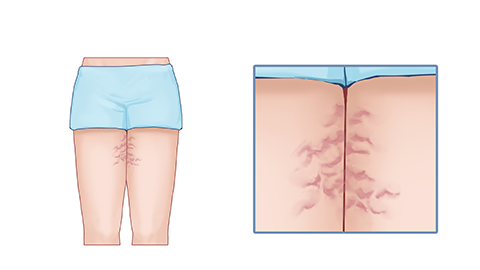Can depressed scars be treated effectively?
Generally speaking, depressed scars refer to atrophic scars. Whether atrophic scars can be cured mainly depends on the severity of the depression. If the scar is a mild atrophic scar, there is a possibility of complete recovery. However, if it is a severe atrophic scar, it may not be curable. If you experience any discomfort, timely medical consultation is recommended. Detailed analysis is as follows:

If the atrophic scar is shallow and only involves the epidermis or superficial dermis, and the affected area is small, with proper post-injury care and timely treatment, it can usually be cured. Medications such as topical creams containing asiaticoside, heparin sodium, or mucopolysaccharide polysulfate may be used as directed by a physician.
If the atrophic scar is deep, already involving the deep dermis or even subcutaneous tissue, and the affected area is large, improper post-injury care may lead to infection and inflammation, causing symptoms such as redness, swelling, and pain at the wound site. In such cases, treatment is more challenging and even impossible to fully cure; some individuals may not recover to their previous condition after treatment. At this stage, timely medical treatment under a physician's guidance, such as laser therapy or surgical intervention, is recommended to repair the skin and reduce the severity of the damage.
After the formation of an atrophic scar, appropriate treatment methods should be selected based on individual conditions. During treatment, it is important to keep the wound area dry and clean to reduce the risk of infection.





